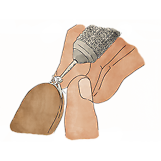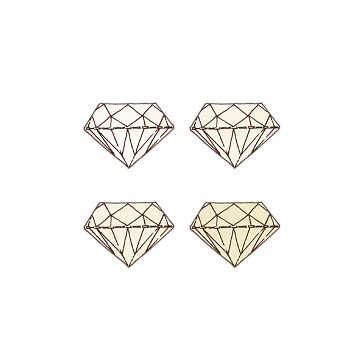
Carat
Let’s deep dive and discover important yet fascinating facts about carat, the weight unit of a diamond.
History
The term carat has its roots in the Greek word keration, which means carob seed. In ancient times, carob seeds were used as counterweights for scales because of their uniform size and weight. Over time, it became the standard weight unit for precious stones.
In 1907, the Fourth General Conference on Weights and Measures established the metric carat that we use today. The metric carat is such that 1.0 carat is equivalent to 200 milligrams. Thanks to this standardization, the diamond industry has a consistent measurement for evaluating diamonds and other gemstones.
The difference between size and carat
A common misunderstanding is that size and carat are the same, which is not the case. As with any other weight metric, size is not equivalent to weight, imagine 1 kilogram of feathers next to 1 kilogram of sand - obviously, it is going to be a lot more feathers than sand.
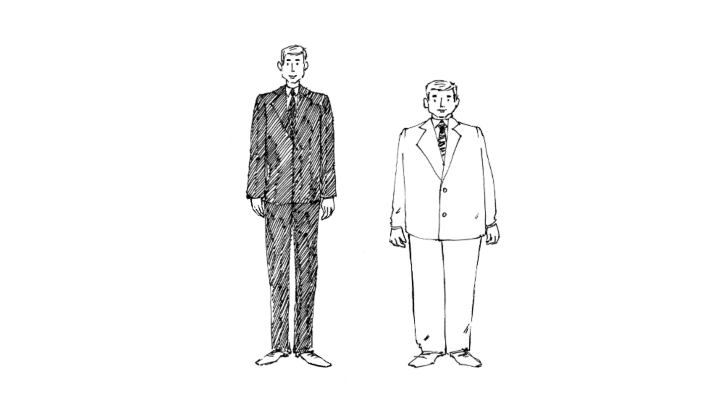

What affects a diamond's size?
There are several reasons why two gemstones with the same carat weight may differ in size. For diamonds, the most common is the cut of the diamond. A diamond that is poorly cut, for instance, too deep, may distribute some of the weight hidden in depth, not displayed in width.
Every diamond shape has ideal measurements. We recommend prioritizing the cut quality over carat weight since a diamond of lower carat weight but better cut may appear larger than a diamond of a higher carat weight.
Different shapes can appear larger or smaller for the same carat weight. For example, due to their surface area, elongated shapes like marquise, oval, or pear can appear larger than round diamonds of the same carat weight.
Diamond prices increase exponentially with carat weight because larger diamonds are rarer. Be aware that there may be significant price jumps at certain carat weight thresholds (e.g., 1.00 carat, 1.50 carat), so consider slightly under or over these thresholds to get better value for your budget.
Not all diamonds come with a certificate. We offer a certificate for all round diamonds of a minimum of 0.3 carat and fancy cuts (diamonds that are not round) of a minimum of 0.5 carat come with accompanying certificates. Certificates created from January 2023 are digital.
A diamond is graded by four parameters called the 4C's. Together they determine the look and price of a diamond. Read on to learn more about the 4C's.
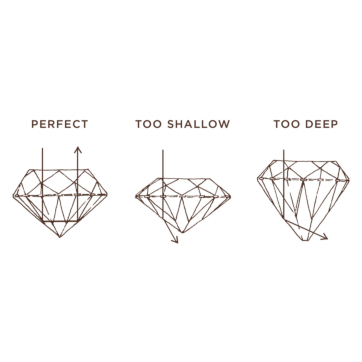
Cut
Determine how light is reflected. This is the most critical parameter to have in mind.
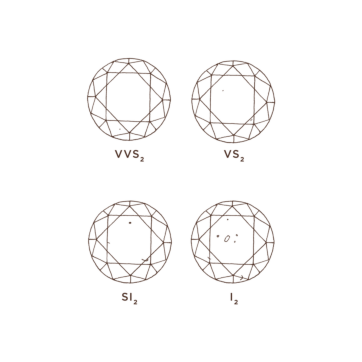
Describes the absence or presence of imperfections, their position, size, and origin.

.png)









